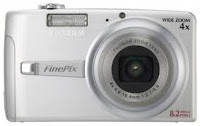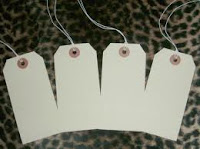"Our greatest weakness lies in giving up. The most certain
way to succeed is always to try just one more time."
Where would we be without someone like
Edison who always tried 'one more time'.
1868: Filed a patent application for his first invention, electric vote recorder.
1874: Major financial success for Edison as he invented the quadruplex telegraph. This invention is said to have helped the firm Western Union to save huge amount of money by increasing the number of messages a company could send without building new lines.
1875: With an electric pen, a small battery and an ink supply, the 'autographic press kit' helped businesses to make copies of documents.
1877: Hailed to be Edison's favorite work, phonograph, was a major breakthrough in helping people listen to songs and play music. With experiments on disks and tape, Edison invented the most famous phonograph. Edison also worked on a telephone transmitter that helped in better transfer of voices. In fact, he improved Alexander Graham bell's telephone services.
1878: Edison worked on improving electric light bulb invented by Sir Joesph Swan in England in 1878. Edison worked to improve the filament of the bulb so that it could burn brighter. He changed various features in the electric bulb and by working on electric bulbs, Edison gave this world one of the most reliable man-made sources of light.
1880: In Edison Lamp Works, Menlo park, commercial production of electric lamps is carried out.
1882: Edison files application for patent of 53 applications. The patents are filed for numerous inventions like electric lighting, electric railways, and secondary batteries.
1885: In this year, Edison patented nearly 17 inventions for telegraph and telephone systems.
1888: Filed for patent of 22 applications that include cylindrical records and photograph equipments.
1891: Kinetoscope and Kinetograph, one of the earliest motion picture devices are filed for patent by Edison.
1896: Edison Home Phonograph is introduced in the market by Edison. This phonograph was a spring moor driven phonograph.
1902: Edison uses several of Edison storage batteries in his specially designed electric vehicles. The most popular alkaline storage batteries get a kick start after this.
1906: The famed Royal Academy of Sciences in Sweden awards Edison a gold medal for his inventions in phonograph and incandescent bulb.
{Information and image from here.}














































